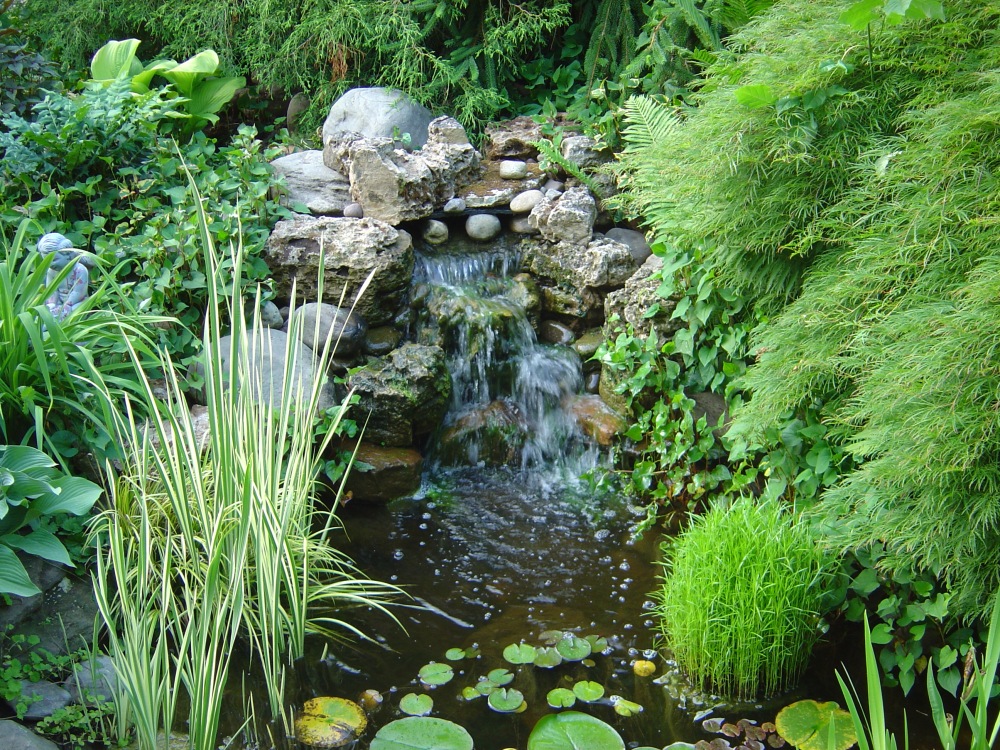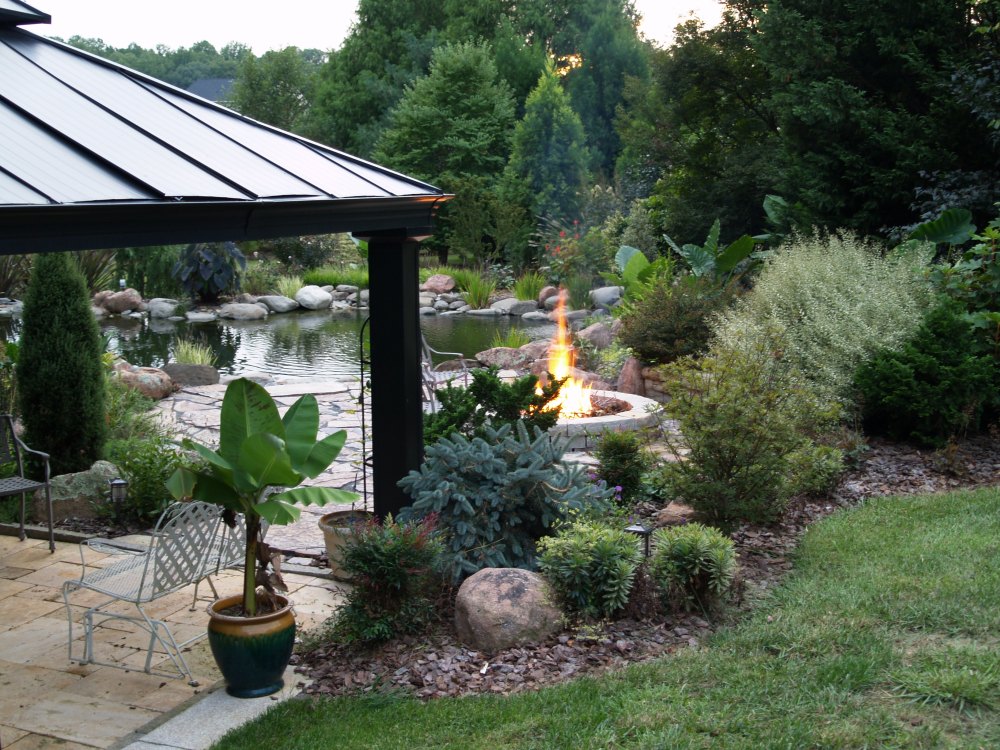Over and over I read garden writers and landscape trade magazines that say native plants require less water because they are adapted to local conditions. What a bunch of hooey!
Not to argue against native plants, but a native that is suited to wet areas will not survive in dry areas, nor dry in wet. Natives that prefer sun won’t thrive in shade, nor shade in sun. The same is true of a plant native to China, or Ethiopia, or wherever, and grown in Virginia in conditions that don’t suit it.
There are valid reasons to consider using native plants, but don’t be fooled that saving our water resources is one of them. In our little corner of the planet all plants need water to survive, but rarely do we suffer extended droughts that require supplemental irrigation, natives or otherwise. I started my one acre plus garden twenty years ago, and most plants have never had a drop of water that didn’t fall from the sky rather than a hose.
If I plant in the Summer, or if a hot dry spell follows a tender new planting, I’ll probably water once or twice to get them started, but after that they’re on their own. How can I do this? No problem.
Plant in conditions that suit the plant’s requirements, and plant in reasonably good soil. If you do this your plants will thrive.
Friends and neighbors never believe me when I tell them how little care I put into my garden, but it’s true. I have a drip irrigation hose snaked through an area where I planted native and Chinese dogwoods, an Alaskan cedar, Japanese maple, a couple weeping this and that’s, roses, and a bunch of perennials, but I haven’t run water through it in two years. If I ever turn the water on I’m sure it’ll spew water everywhere since it must be dry rotted by now.
But the place looks like a jungle. My wife was telling me the other day that we’re going to have a walk through the garden to discuss cutting back plants that are growing over the pathways. I told her it would be easier to just forget the paths.
There are plenty of resources, including garden designers, to help in selecting the right plant for an area. If you want to plant only natives be my guest, but you’re still going to have to pay attention to what you’re planting where. I don’t care where a plant’s from as long as it’s beautiful or strange, and likely the more exotic its origins the better, as long as it’s not going to take over my garden and the rest of the neighborhood.
Next, provide your plants a nice cozy home with good soil. There are lots of ways to get to the same place, but using compost you made or purchased, decayed leaves, or fine pine bark mixed with your native soil is bound to give your plants a big boost. Not too much, less than half by volume will give a good growing medium, but won’t dry out too quickly between rains. Planting in raised beds makes your plants that much happier. If you don’t do a bit of work on the soil, prepare for disappointment.
Water your newly installed plants so that the root zone is wet. Slow is the way to do it. Water with a drip hose, or water individual plants with a hose at a trickle. Even better, plant a day before an all day rain is expected and leave the hose in the shed. Unless the weather suddently turns hot and dry this initial watering will usually be plenty. That’s how I’ve done it for more then twenty years.
And then, forget about watering and enjoy.
Hey, thanks for the information. It is very helpful.